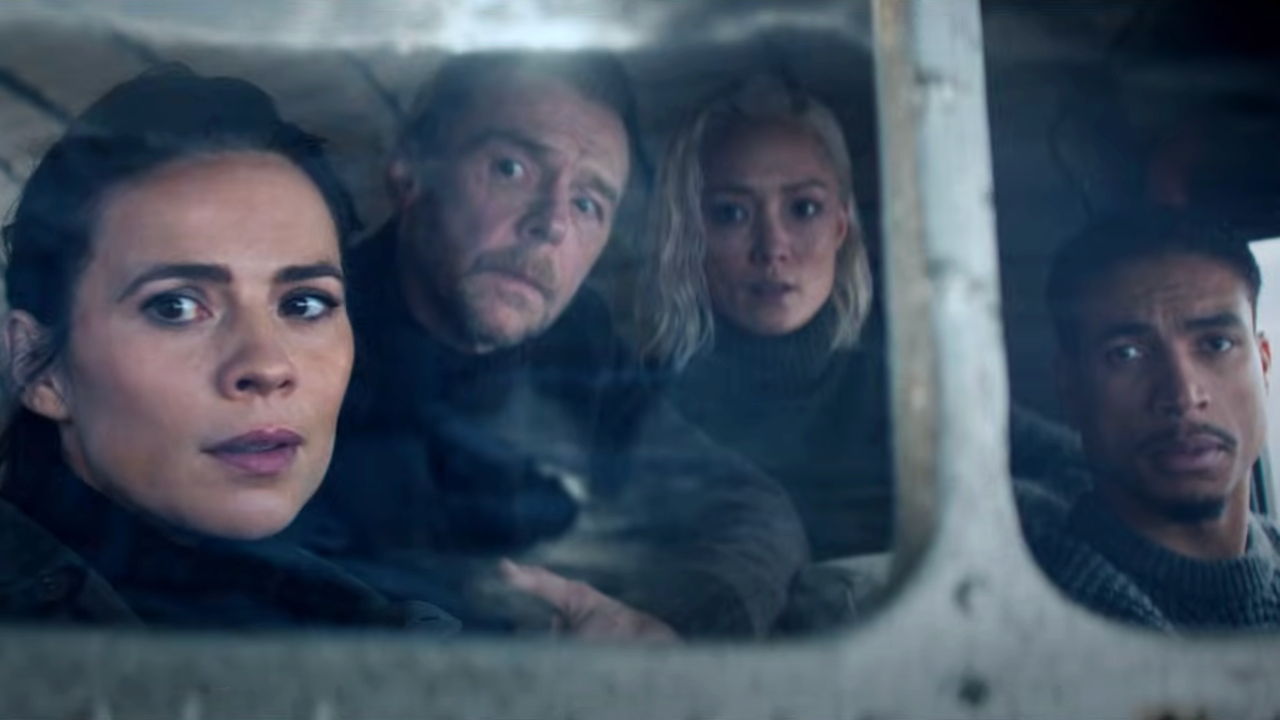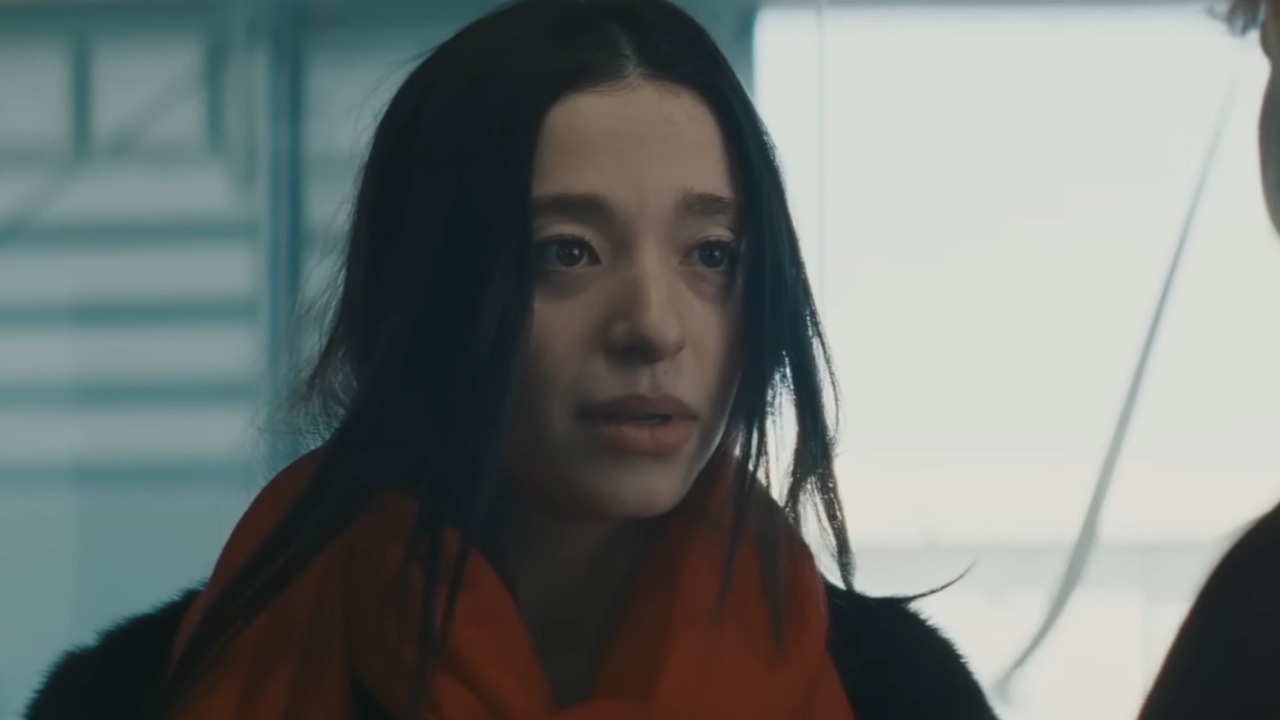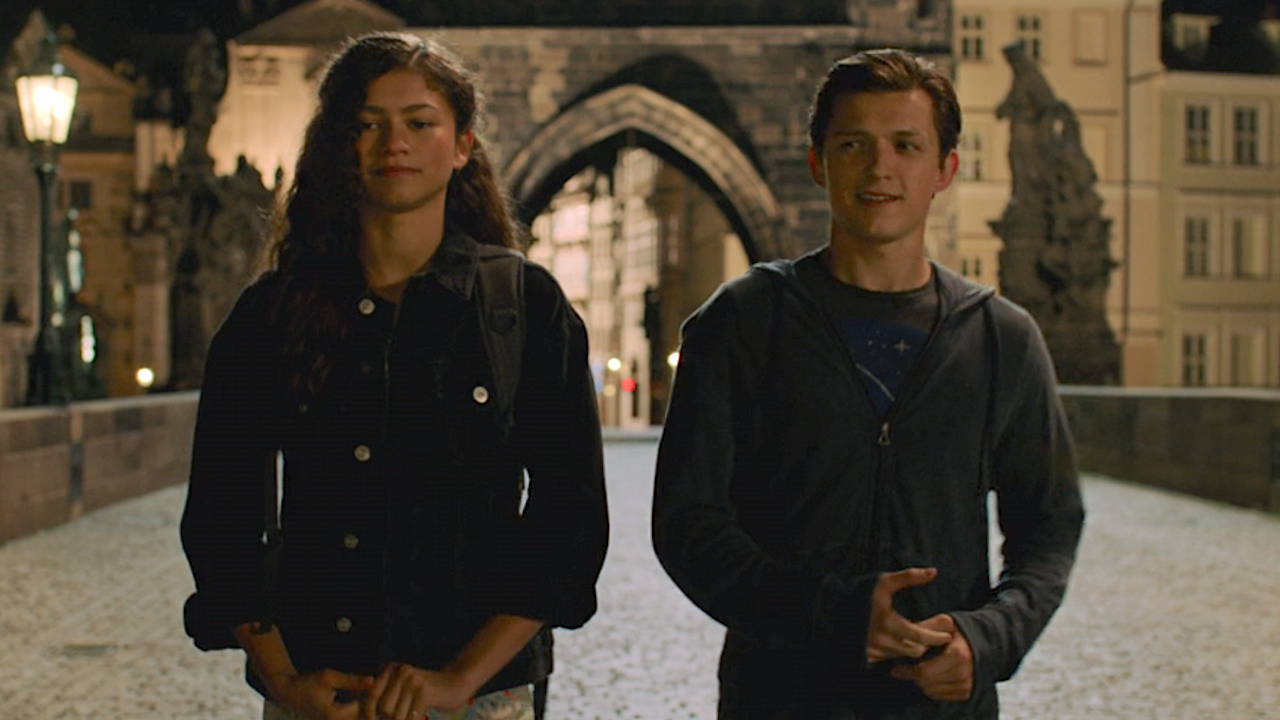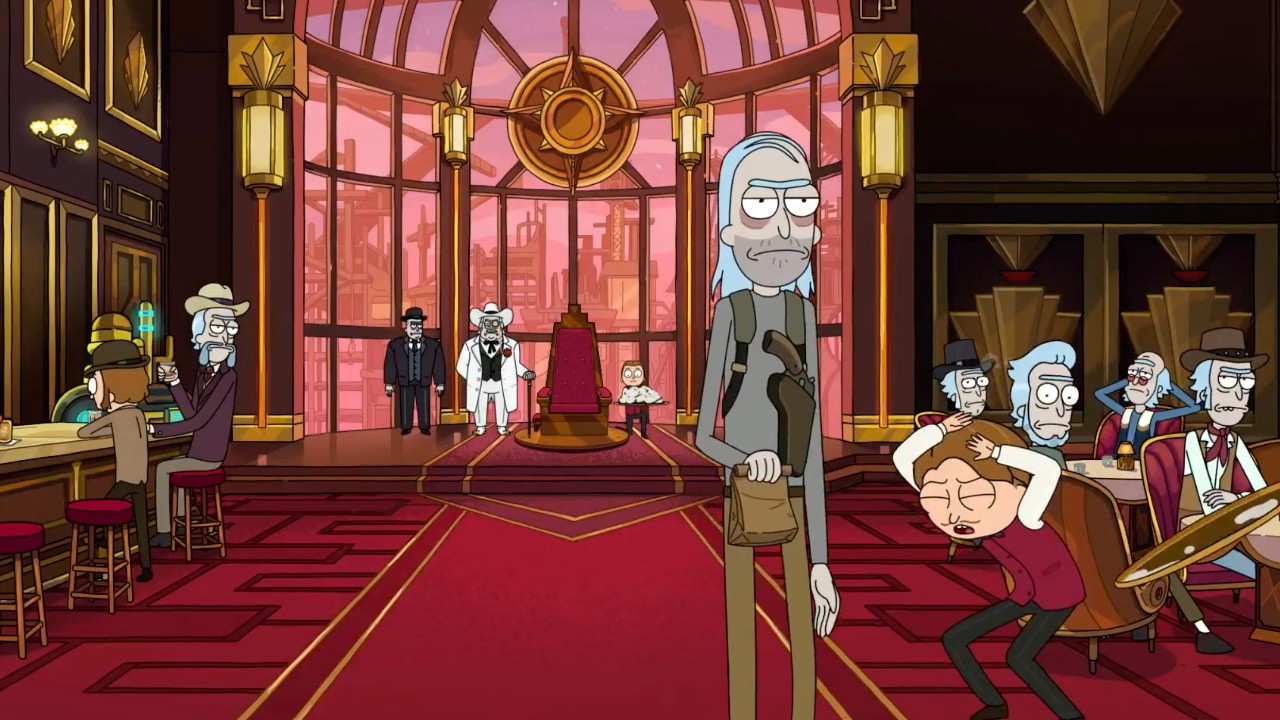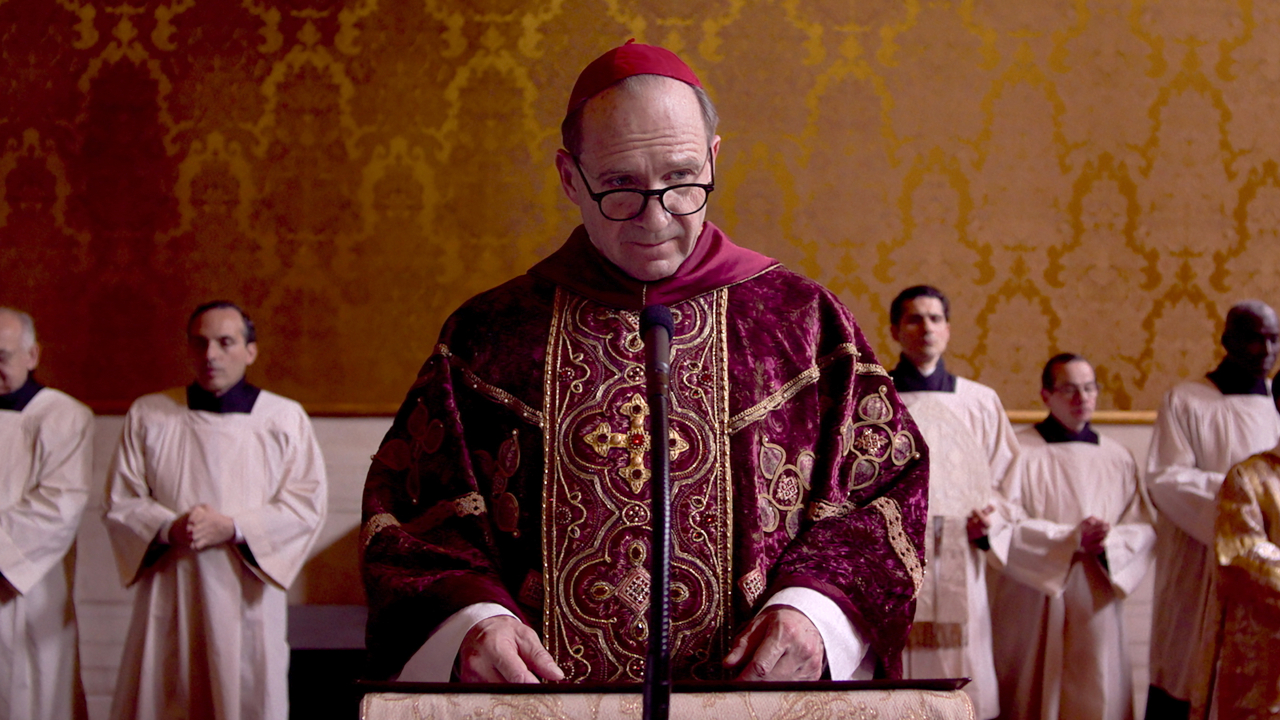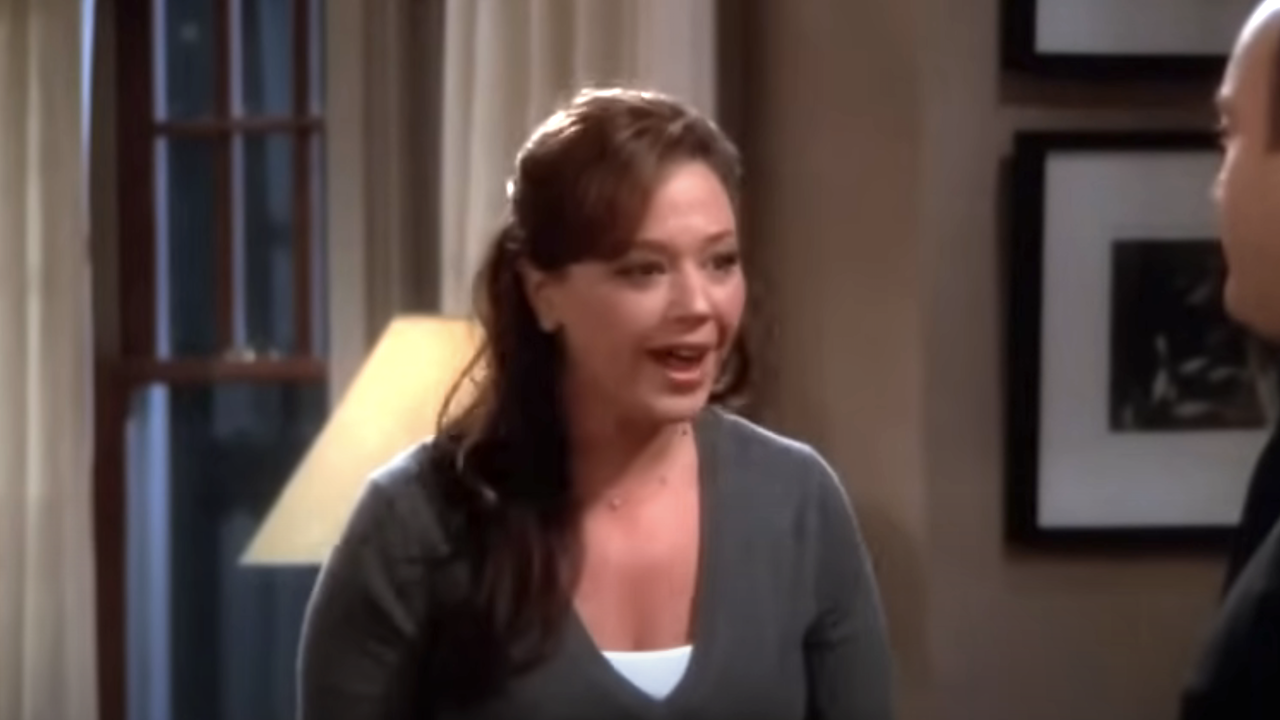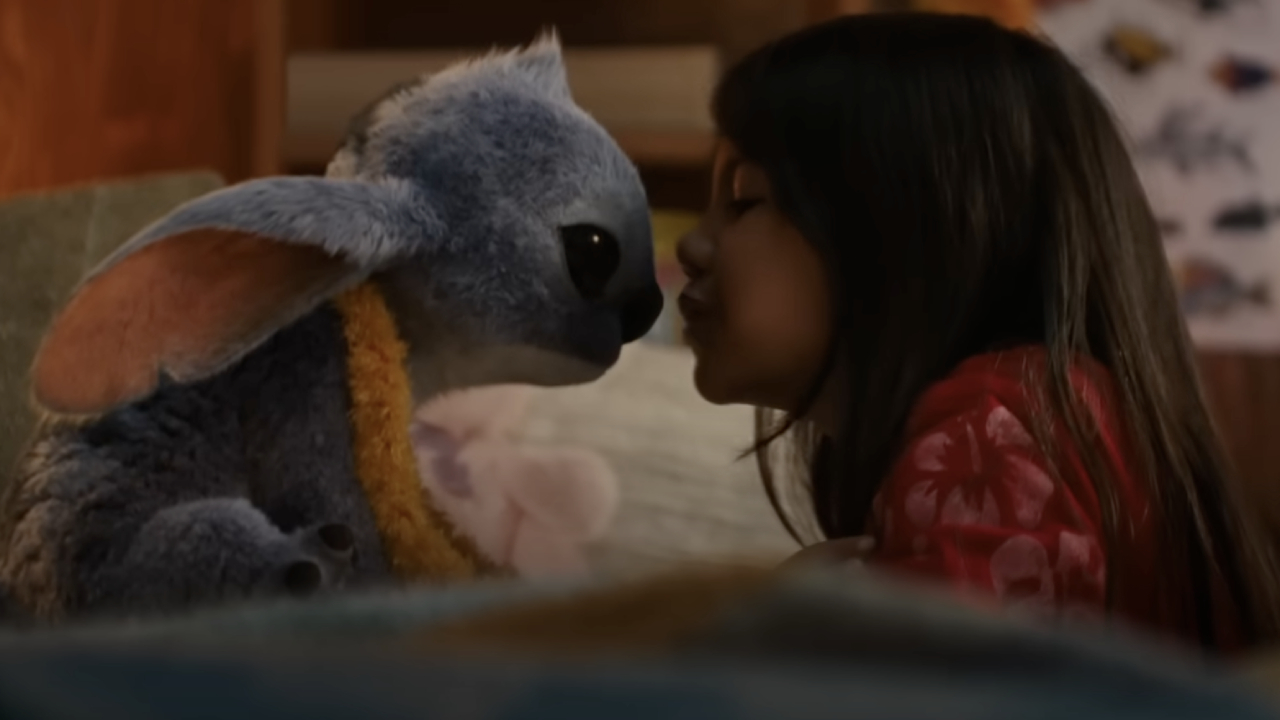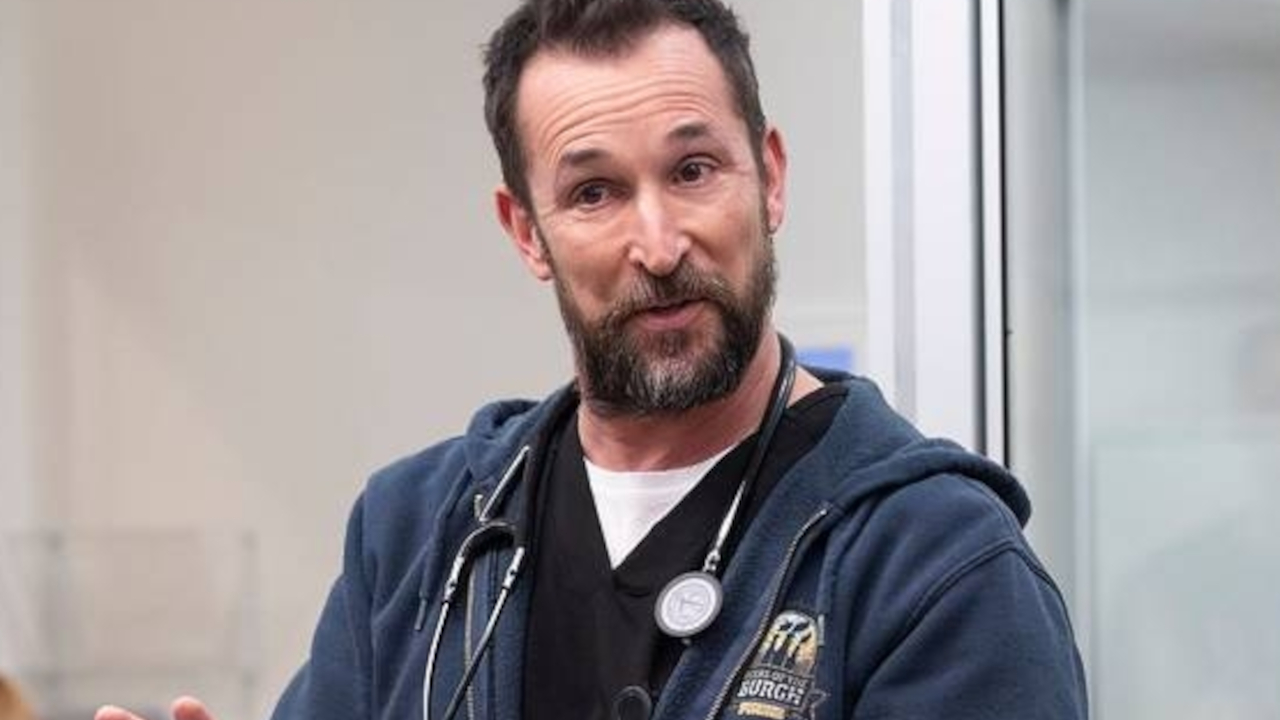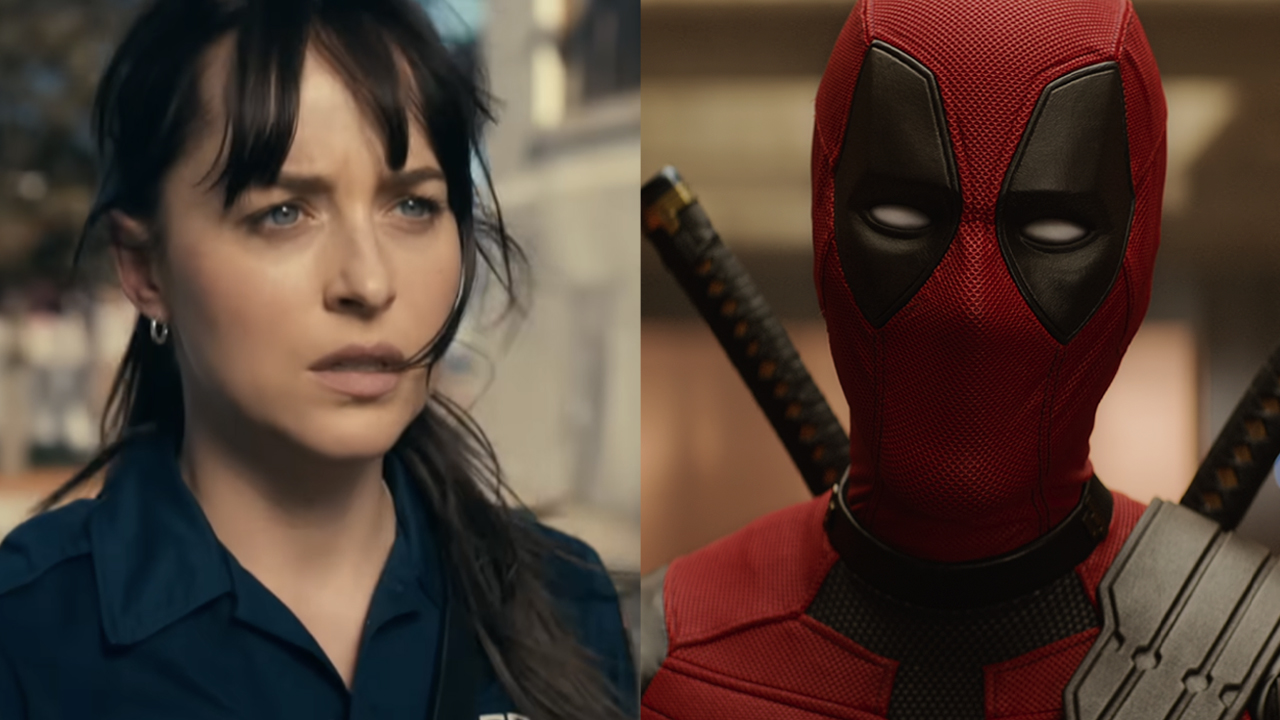Amazing Spider-Man Director Marc Webb Explains How Andrew Garfield Disappears Into Peter Parker
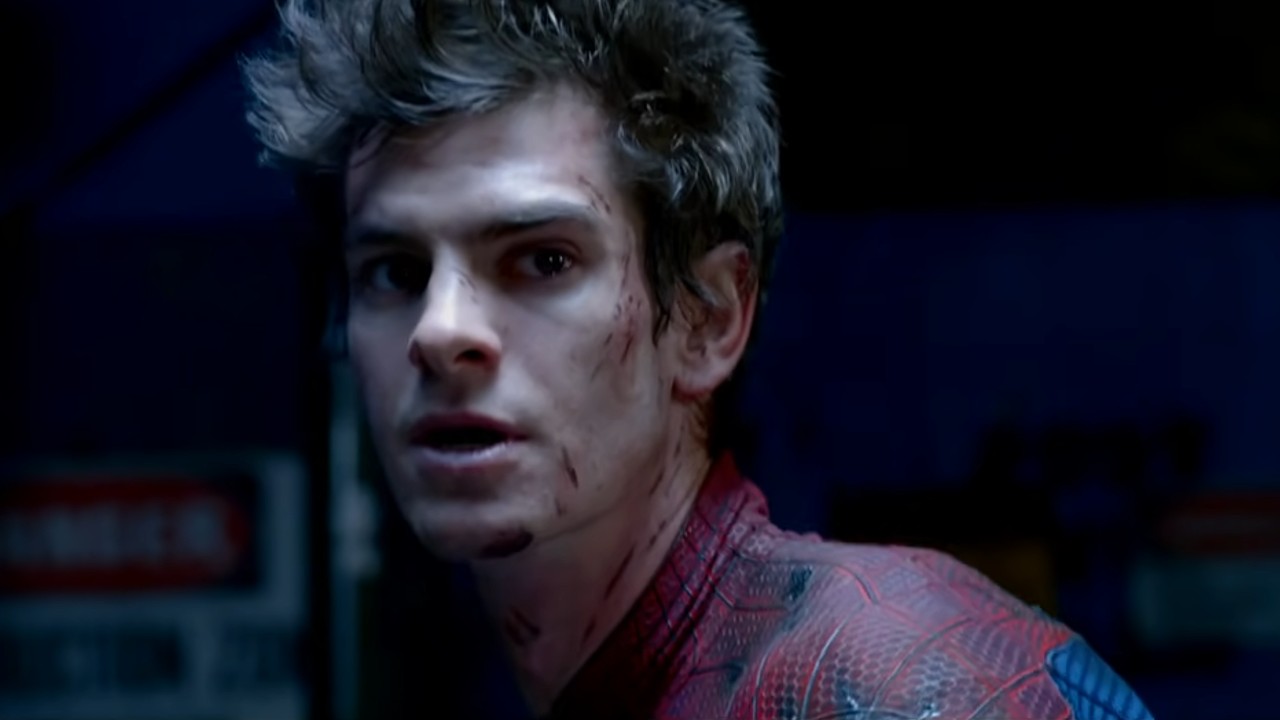
Regardless of intense action or amazing digital effects, moviemaking largely comes down to story telling and that’s why Marc Webb was the man to direct The Amazing Spider-Man.
The film focuses on the origins of Spider-Man. As a young boy, Peter Parker’s (Andrew Garfield) parents up and leave without any explanation. Years later, he’s still living with his Aunt May and Uncle Ben (Sally Field and Martin Sheen) and has no idea why his parents disappeared. However, between tracking down his father’s old briefcase and getting bitten by a radioactive spider while in the lab of one of his father’s former co-workers, Dr. Curt Connors (Rhys Ifans), he’s closer than ever to discovering what made his parents abandon him.
Yes there are high-flying stunts and a massive lizard, but having come off of a film like (500) Days of Summer, Webb certainly knows a thing or two about making a grounded movie, and it’s a good thing because The Amazing Spider-Man came with quite a few technical challenges that forced Webb to alter his standard filmmaking process. Check out everything Webb had to say about working with 3D technology, his honest thoughts on whether we needed another Spider-Man movie or not, working with his stars and more, and be sure to catch The Amazing Spider-Man in theaters on Wednesday, July 3rd.
How do you go from (500) Days of Summer to The Amazing Spider-Man? When you were offered the job, did anyone explain the reasoning behind that to you?
Marc Webb: You’d have to ask them what crazy, silly, insane ideas they had, but for me, I was a Spider-Man fan and intrigued by that. It was certainly an intimidating prospect, but my curiosity won out ultimately. I remember thinking about it one night and I was like, the 17-year-old version of myself would kick my ass if you had this opportunity and didn’t take it. That was what launched it. And I think the most important part of Spider-Man is Peter Parker and Peter Parker is an infinitely relatable character and he has that sort of domestic quality and there’s these little moments, whether it’s between him and Gwen or him and Aunt May, that are really relatable and that’s why he’s my favorite superhero. (500) Days of Summer was based on the small moments between two people and finding dimension in that and that was the foundation for The Amazing Spider-Man as well.
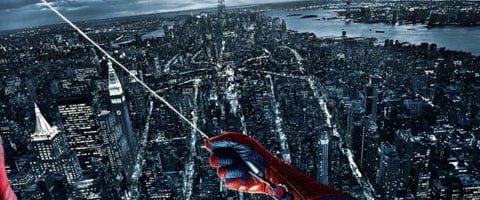
Even with this clear plan in mind, when you step onto this massive set with all this action is there an intimidation factor there?
I suppose it would be easy to get lost in that, but I don’t want to do the same thing over and over again. I’m the kind of guy who likes to take creative risks. That’s just who I am and I enjoy trying to challenge myself and the idea of that was really appealing.
CINEMABLEND NEWSLETTER
Your Daily Blend of Entertainment News
In terms of creating the action, I’m a fan of action movies, but action scenes are just scenes like any other scenes. The characters are maybe a little bit different at the beginning than they are at the end, it either advances the plot or it deepens your knowledge of the character and it was fun to explore that. I have to be careful about how I describe it because there was such heat for the dance sequence in the third Spider-Man movie and I don’t want to conjure things, but in a way, shooting action is kind of similar to dance. It’s about movement and capturing certain kinds of movement and I spent a lot of time in a previz environment where there was a lot of trial and error with trying to capture certain kinds of behavior, action and intensity with those characters. And it was really fun!
How did the technical differences here affect your preparation process?
I had time to prepare the technical parts of it. The 3D was tricky because the cameras are really big and it mandates a certain kind of film language. If I was going to do it in 3D, I wanted to make the 3D feel legitimate, authentic and organic to the film, so I spent a lot of time thinking about how to do that. There’s what I called the three V’s of 3D, velocity, volume and vertigo, and I wanted to use those elements and design the sequences around those things. It was a pretty methodical process.
On top of all that, you’ve still got Sam Raimi’s movies, which were not so long ago. Are those kind of like the storm cloud over your head?
Yeah, it’s tricky, but my rationale was, if you look at Harry Potter it’s a closed canon. There’s a handful of books and there’s a beginning and an end to that story. Spider-Man has been going on for 50 years and there’s so many parts of that universe that are interesting to explore and there are always new illustrators, there are always new writers and artists that are working on those comics and I just felt like, why not do that with the movie? As far as going back to the beginning, I think my Peter Parker was different and there are certain things that I felt obliged to explore that I wanted the audience to understand and follow, and I think the only way to do that was to go back to the inception of that character, which is, to me, getting left behind by your parents when you’re six or seven-years-old. It’ll have a huge impact on your life and I wanted to see that and experience that from the ground up.
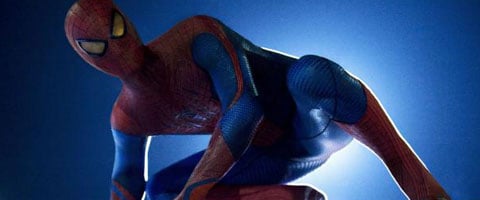
Hypothetically, had you not been given this job and you just heard there was another Spider-Man movie in the works, do you know what your unbiased thoughts on that might have been?
I’ll tell you what my thought process was initially; I was like, that’s kind of strange. I went through that process, but I thought, is this something I would want to see? That’s a question I seriously asked myself and I was like, well, yeah. Of course! Why not? And I think Spider-Man is a character who belongs on screen and there’s so many parts of it whether it’s the 3D or the Gwen Stacy saga or The Lizard or Peter Parker’s parents, there’s so many parts of the story that I wanted to know about that I was curious. That was my axis point. That’s why I did it.
Another thing that really sets your movie apart from the other three is Andrew’s version of Peter. Toby Maguire was a great Spider-Man, but Andrew so clearly gives 100% of himself to the role. Is that something he achieved on his own or was there any coaching on your part?
It’s interesting because Peter Parker’s relatable. He’s like all of us. That’s the whole point of the character. Andrew goes so deep for a character who’s ostensibly like all of us, he really disappears and he sort of hypnotizes himself. He’s got an incredibly powerful acting sensibility. There was an intellectual process that goes in beforehand and there’s a lot of talking about the impact of his parents leaving and what it means to be an outsider and an outsider by choice, what that means in the context of this movie versus the comics. But then once we started shooting, he kind of disappears and goes into a place. There’s certainly conversations and coaching and discussions that went on all the way through that process, but when you’re on set and you’re in the scene, it’s about finding truth and reality, and there’s a process to his acting that goes pretty deep and that’s what I think allows him to express himself in that way.
Is he the kind of actor who can turn it on and off?
Yeah, he’s not pathological. [Laughs] But he goes into a place and it’s a really fantastic thing to watch. And it’s really great when he interacts with Emma Stone, with that Gwen Stacy character, it ceases to become acting and it becomes behavior. I think there’s a lot of actors that are trying to nail the lines, particularly with young actors, but he goes to a place where it’s about non-verbal communication. My sister-in-law’s a psychologist and one of the things they train psychologists to do is to look at non-verbal communication. People are saying things, but what they say is not really how you access who they are and Andrew understands that in a really profound way.
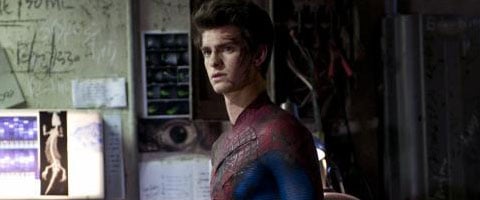
I can totally tell. It’s so obvious from beginning to end with him.
I feel like Daniel Day Lewis does it and a lot of comedians do it. Like Emma Stone does that, too, and all the Judd Apatow guys, because they’re sort of playing themselves a lot of times and they’re really funny, charismatic people. They disappear simply because it’s somewhat close to who they are a lot of times. Jonah Hill is a great actor in his own right and can do other things rather than just comedy, but it’s that muscle that very naturalistic comedians have, but it’s used for a different purpose. Though Andrew can be very funny.
I could see that with Emma! In certain scenes, all of a sudden she’d have a certain line or body language that reminds you that this is the actress we’ve come to know and love over the years.
Oh, yeah! She’s fantastic because she can do real very well, but also she’s a great improviser. There’s that scene in the hallway between the two of them …
I knew you were going there!
It’s great! “I was touching up stuff.” “You were touching up stuff?” Totally improvised! [Laughs] That’s what happens when you have actors that are alive in a scene and available to react to spontaneity, mistakes and attempts and that was in a movie that has an obligation to scope, bigness, action, fighting and flying through the air, to find little spontaneous moments, which I think in (500) Days of Summer we were allowed to do that too, that’s what gives it its identity. There’s a scene where she’s keeping Denis [Leary] out of her room and the first part of that was written and then the whole thing about cramps, she came up with that on the spot!
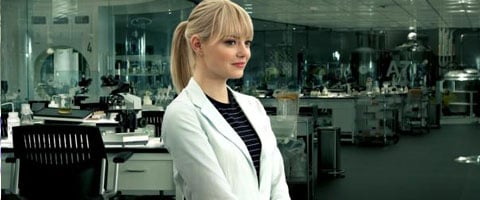
The cocoa part was written?
The cocoa part was written.
That felt so natural! I was sure that was something someone just came up with!
No, that was written I think by Steve Kloves, but it was built upon. Emma did that last thing, which I think is hilarious. I remember sitting behind the monitor just feeling like an amazing gift had just been given to all of us.
How about her relationship with Andrew in the movie?
When you’re casting actors, you can’t just throw people together. Even if they’re good actors, sometimes they don’t have a good vibe and we screen tested Andrew and Emma together and there was just some magic multiplier effect. She’s very fast and he can react really well, and she can react really well and there was something about that energy. She could make him funnier and he could encourage her in some of the darker more intense stuff. There was this chemistry. I don’t know how to describe it. It just felt right.
And how about working with Rhys? You’ve got a character who’s live action half the time and then digital for the rest, so what’s it like merging those two to make them both feel like real people?
I had been a fan of Rhys from obviously Notting Hill and stuff, but in Enduring Love I think there’s this really interesting darker side and he’s got this other Shakespearian pedigree. We screen tested him with some other materials, which may be on the DVD. He felt bold enough to do things that were theatrical, but he did it in an earnest and grounded way. In terms of creating the CG performance, we used some of his facial nuances, his voice and his behaviors to inform that character. It’s tricky. The second part of the movie, yeah, his scale is large, [laughs] very large and it’s difficult to reconcile that with a naturalistic human performance, not simply with The Lizard, but with the people that he’s interacting with.
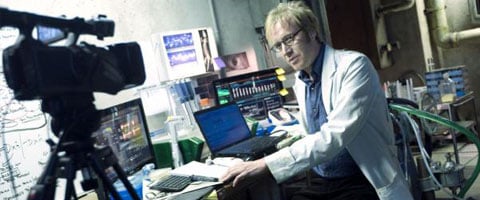
Is he there while you’re shooting those scenes?
Yeah, he was there for a lot of that and then we would record him in the edit room next door to where we were in the lunch room and sometimes we were on a motion capture stage. There were a lot of different techniques that went into creating that performance.
Can you tell me about working with John Schwartzman? He’s shot quite a number of big productions, so did he have any creative technical insight that really helped?
He hadn’t done 3D before so we spent a few months doing the rounds, studying and trying to understand what the value and what the specifics of 3D were. We both are huge lovers of film, anamorphic film formats, but because I wanted to shoot it in stereo, film wasn’t really a legitimate option and so we tried to find the best cameras that would make that experience as fluid as possible. He did a lost of testing with Red cameras, Alexas and F35s and all the cameras and formats that were available at the time and we ultimately decided on the Reds. We had really fantastic supporting from Jim Jannard and the people at Red to make that as smooth an experience as possible and I was very pleased with that. 3D is a new world and there was a little bit of trial and error, but once we got shooting, it was actually very smooth.
What does it take to make the Red a 3D camera?
You have to put it on a rig. We used the threality rig, which is a perpendicular rig, and then you have a mirror that splits the image and shoots the image into both cameras at the same time and you just carry it around usually on a super technocrane or a handheld rig and that’s that. It’s just kind of a slightly bigger version of the normal camera.
How about the workflow? Does it slow down the process at all?
We had DITs and stereographers on the set so there was a pretty big footprint, but we just had to anticipate that.
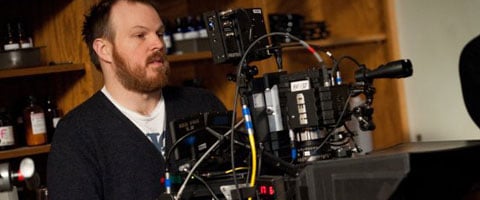
How about your routine as a director? Working with 3D, do you need to use different preparation methods or bring different tools to set?
It really fundamentally changed the way I shot scenes, particularly in the second half of the movie. You can’t just throw on a little camera and shoot 18 cameras at a time. You have to be very specific about the shot selection, you don’t want edge violations where people are half on screen, you have to be careful about focus, you have to cut in a slower more methodical way. All that requires a level of foresight and technical preparation to make sure you don’t violate the rules of 3D
Does that ever infringe on simply telling a story?
There’s give and take with every different kind of filmmaking. I had that conversation with James Cameron very early on. I said, “Well, do you sacrifice a little bit of the resolution,” and he’s like, “You have to decide what’s gonna make the shot dynamic. Is it gonna be the resolution or is it gonna be the fact that you have depth?” Every film has its own language and this is a way to explore that language. In the crane sequence or in the final sequence, there’s moments where you feel a sense of dimension and vertigo, and sometimes you’re sacrificing other little nuances earlier on to exploit that bigger picture.
With a movie like this there’s always the idea of making more, so is another Spider-Man on your radar right now?
It’s really fun and it’s really exciting and I love the people that I work with, but it also takes a huge chunk out of your life. We’ll see. I just gotta finish the movie and then we’ll figure it out. I haven’t done anything else in the last two years so we’ll see.
Staff Writer for CinemaBlend.

